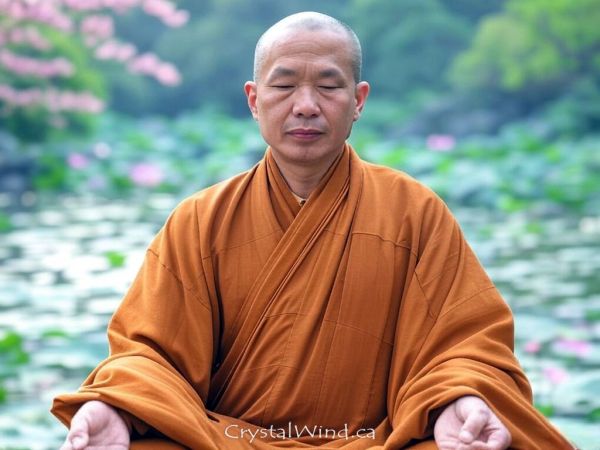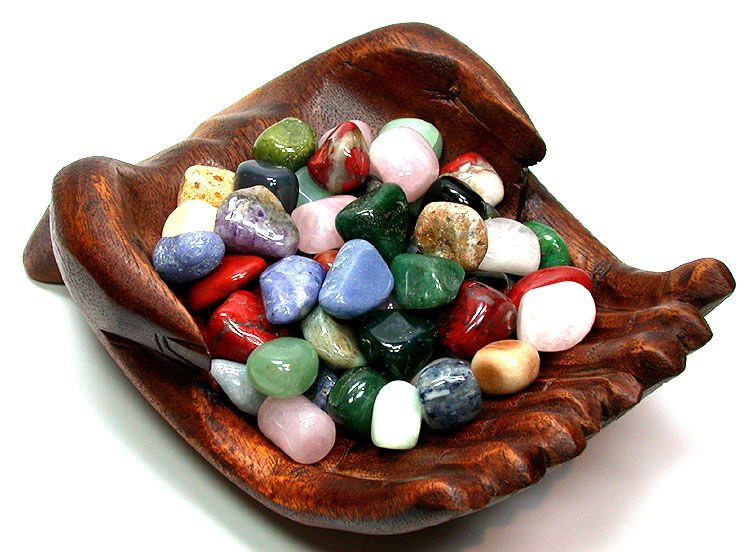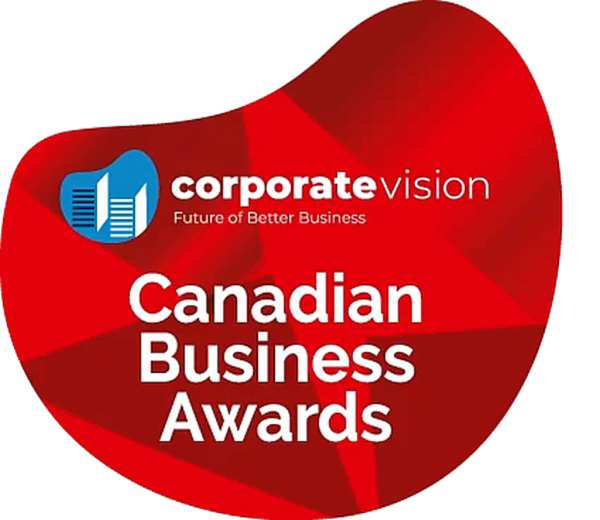From Mind to Matter: The Ancient Wisdom of Buddhist Embodiment
- Details
- Written by And-El

Buddhist philosophy offers a nuanced perspective on embodiment, intertwining physical existence with metaphysical and ethical considerations. Here's how Buddhist teachings approach the concept of embodiment:
Non-Dualistic View of Body and Mind:
Unlike Western philosophy, which often separates mind and body, Buddhist thought, particularly in its earlier forms, does not view the body as inherently separate from mental experiences. The concept of "skandhas" or "aggregates" in Buddhism includes both physical form (rūpa) and mental factors, suggesting an integrated view where body and mind are part of a continuum of experience (Nāgārjuna, Mūlamadhyamakakārikā).
Embodiment as Process:
Embodiment in Buddhism is often seen as a dynamic process rather than a static state. The body is one of the five aggregates through which we experience the world, but it is constantly changing. This aligns with the doctrine of impermanence (anicca), where even the physical body is understood as transient and ephemeral (Majjhima Nikāya, I, 130).
Mindfulness and the Body:
Practices like mindfulness meditation (Satipatthana Sutta) involve deep awareness of the body, not as an object to be controlled but as a field of experience to be observed. This includes mindfulness of breathing, postures, and bodily sensations, highlighting the body's role in spiritual practice (Anālayo, 2003).
Embodiment in Ethical Practice:
Embodiment extends into ethical conduct. The physical body is seen as the medium through which one can perform good or bad actions (karma). The Buddha's teachings on right action and livelihood imply that one's physical existence should be aligned with moral and compassionate behavior (Dhammapada).
The Buddha's Body as a Symbol:
The Buddha's physical body post-enlightenment is often described with special attributes (the 32 marks of a great man), suggesting that spiritual transformation can manifest physically. This isn't just about physical beauty but reflects the inner purity and wisdom achieved through practice (Lakkhaṇa-sutta, DN).
Critique of Sensual Attachment:
While the body is not to be denied, there's also caution against attachment to bodily pleasures or identity. The middle way of Buddhism encourages neither indulgence in bodily desires nor the complete denial of the body but a balanced approach where one acknowledges the body's role without clinging to it as a source of self (Samyutta Nikāya IV, 256).
Embodiment in Mahayana and Vajrayana:
In Mahayana and Vajrayana traditions, the body can be seen as a vehicle for attaining enlightenment. Practices like deity yoga involve visualizing oneself as a deity, embodying wisdom and compassion, which shows a more transformative approach to embodiment where the physical form is a tool for spiritual realization (Abhidharma-kosha).

Contemporary Interpretations:
Modern scholars and practitioners, like those discussed in works by Matthew MacKenzie or Francisco Varela, explore how Buddhist concepts of embodiment can intersect with cognitive science, proposing that our cognitive processes are deeply rooted in our bodily experiences, thus advocating for an embodied approach to understanding mind and consciousness (MacKenzie, 2024; Varela, Thompson, & Rosch, 1991).
In Summary:
Buddhist philosophy on embodiment isn't about celebrating or condemning the physical form but understanding it as an integral part of the path to enlightenment. It's about recognizing the body's impermanence, using it as a tool for mindfulness and ethical living, and ultimately, transcending the ordinary physical experiences to achieve a state of liberation.
References:
This article is written by And-El of CrystalWind.ca © 2025 crystalwind.ca. You may share this article as long as you provide proper credit to the author, include a link to the original article, and do not alter the content. Commercial use is prohibited without permission.

And-El: The Archangelic Visionary Bridging Business and Spirituality
And-El combines spiritual wisdom with entrepreneurial expertise to guide humanity toward higher consciousness. With deep ties to Archangels, ancient civilizations, and Indigenous wisdom, his journey blends psychic mastery, crystal healing, and astrological insight. As a leader in ethical business and conscious marketing, And-El pioneers innovative strategies, merging spiritual ethics with modern technology to inspire growth and transformation.
Liked this article? Dive deeper into personal growth and wellness! Check out CrystalWind.ca for spiritual wisdom or explore AromaWorx.ca for natural well-being tips. Spread the positivity—share this with friends on their happiness journey!
Let’s Chat! Drop Your Thoughts Below! ![]()
Latest Articles
Imagine a world of inspiration and healing, free for all—made possible by YOU!
Donate Now—Ignite the Magic at CrystalWind.ca!

Epilepsy - Finding A Cure
Your donation can make a difference!
Help us find a cure – donate now!
Unlock Your Light: Join Lightworkers Worldwide on CrystalWind.ca!
Follow Us!
Featured This Month
Virgo Mythology
The Virgo Myth In all of constellation mythology, few legends are as misund... Read more
Mabon Magic: Ideas For Fall Decoration And R…
Welcome (almost!) to Fall! We’re turning the Great Wheel once again, toward ... Read more
Mabon in Modern Times: Fresh Takes on the Au…
The Mabon season begins somewhere around the 21st-22nd of September and cont... Read more
Peridot: The Healer's Stone
Peridot has been used as a Power Stone for centuries. Peridot fosters emotio... Read more
Crystals for Virgo
During harvest time, when the seasons begin to transition from summer to fall,... Read more
Watermelon Tourmaline
Synonym: Rainbow Tourmaline The watermelon tourmaline is a rare variety t... Read more
The Vine: September 2nd - September 29th
The Autumnal Equinox ( Alban Elfed ) Celtic Symbol : The White Swan Read more
Sun in Virgo
An Overview of Sun Sign Characteristics for Virgo The ruler of Virgo is Mer... Read more












































